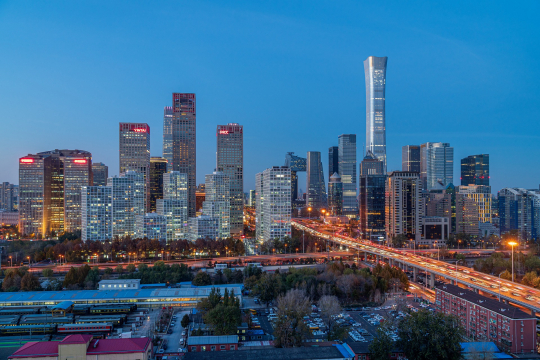Abstract
This study investigates the nexus between urban air pollution and residents’ preferences for greenspace. The two environmental issues could be linked through people’s general tastes for environmental amenities helping to determine residential location choice, implying that residents of heavily polluted neighborhoods may care less about environmental amenities in general, including green space. Alternatively, high pollution levels could force people to reduce their local outdoor activities and thereby devalue urban greenspace as local recreational resources. Finally, residents of severely polluted areas may derive additional benefits from greenspace as trees can enhance air quality. To examine these issues, we undertook choice experiment surveys in Beijing to elicit willingness to pay (WTP) for three types of greenspace: a neighborhood park near respondents’ homes, a city park in central Beijing, and a national park outside the city. We then used air pollution data to help explain the spatial heterogeneity in WTP. Neighborhood parks provide direct air purification services for communities nearby, and our results indeed suggest that respondents exposed to higher pollution levels have higher WTP for a new neighborhood park. However, we failed to find evidence of a significant effect of pollution on WTP for a new city park or a new national park.
Keywords
Greenspace, Urban air pollution, Spatial heterogeneity of preferences, Choice experiment, Willingness to pay, Mixed logit model, Instrumental variable

